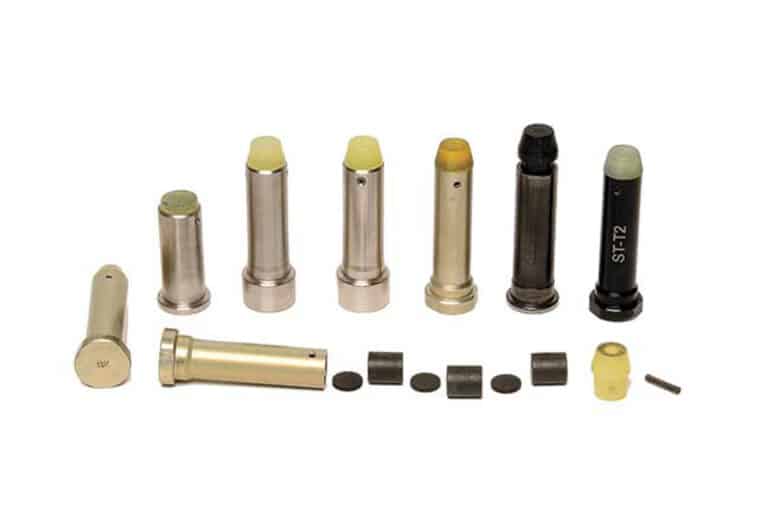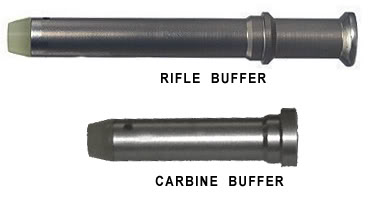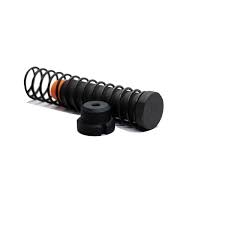Celebrating Independence Day: Honoring the History and Significance of July 4th
Celebrating Independence Day: Honoring the History and Significance of July 4th Every year on July 4th, Americans come together to celebrate Independence Day, a time-honored




